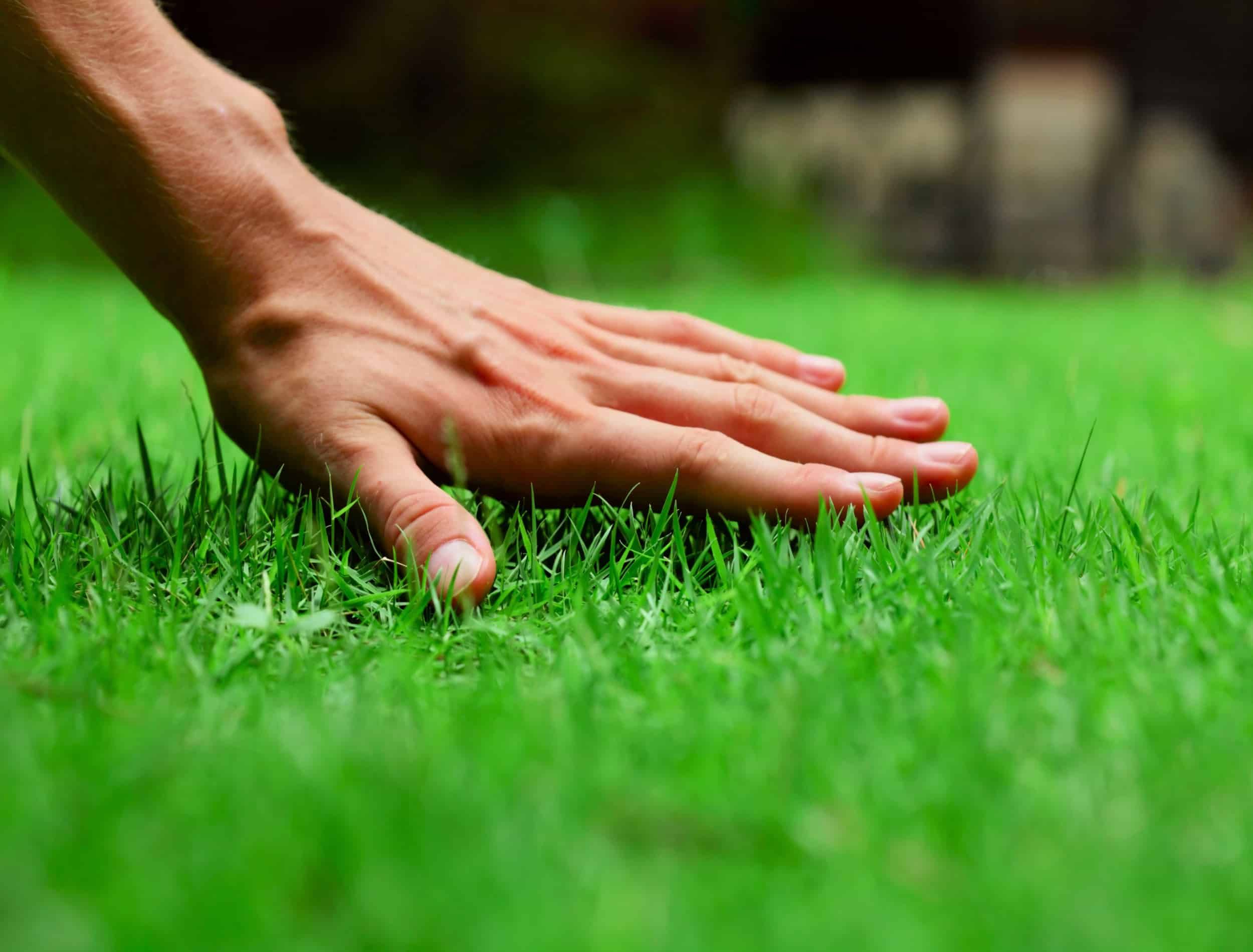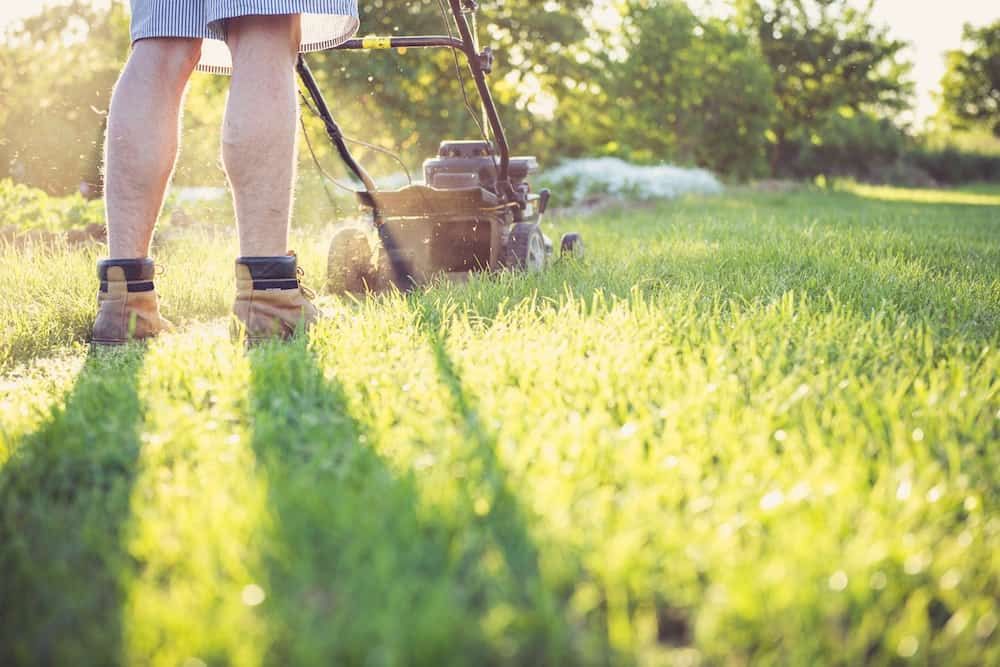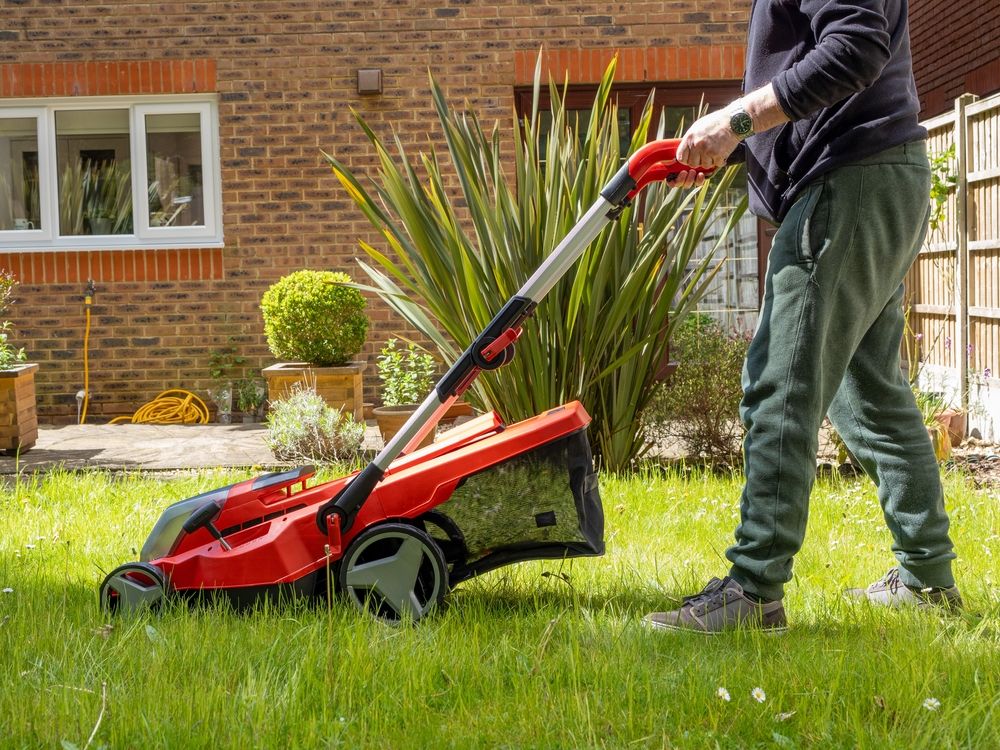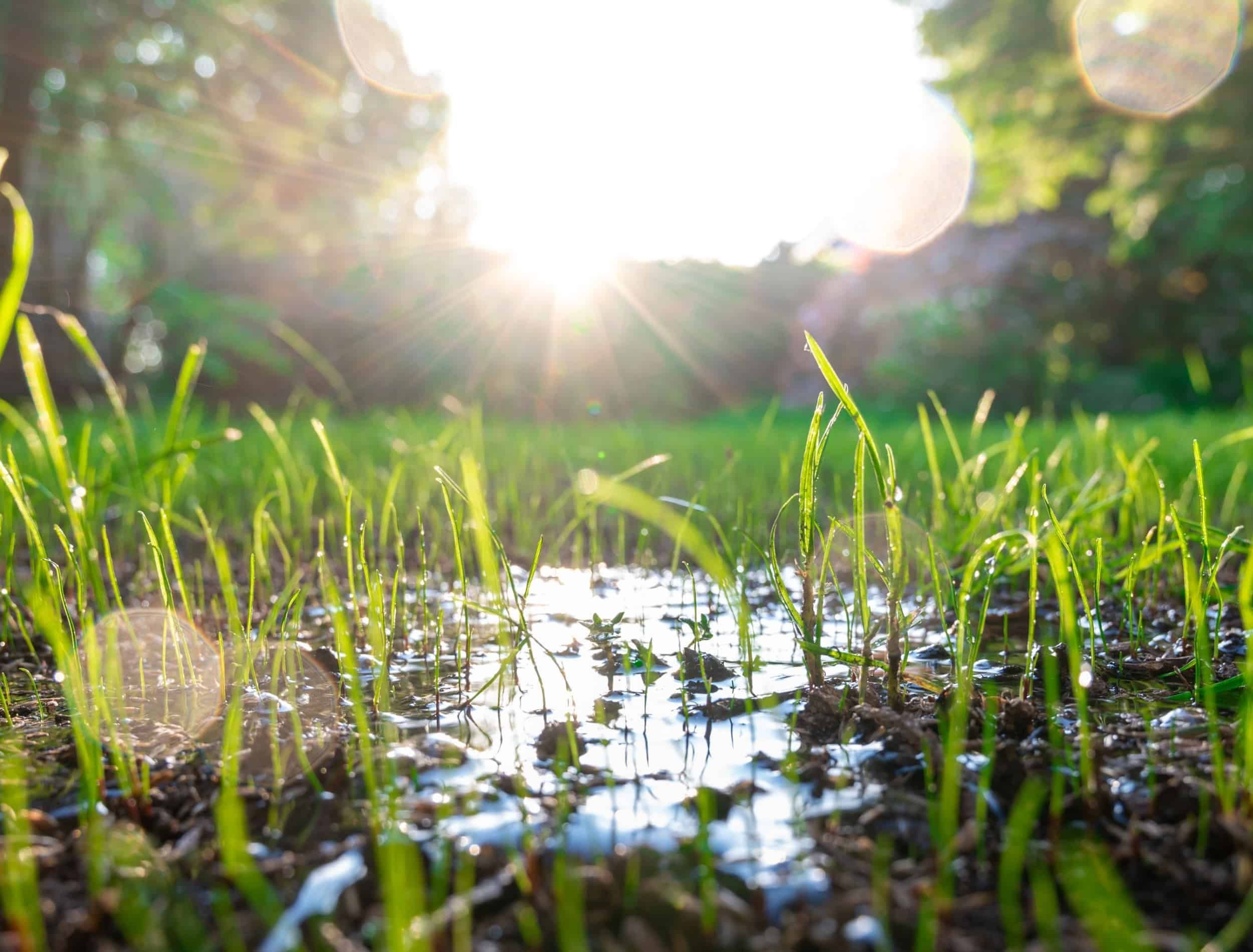If you're like most homeowners, you probably take great pride in your lawn and do everything you can to make sure it stays healthy and looking good. Lawn care is a necessary evil. We all have to do it, but it's not always fun. Sometimes, it can be downright frustrating - especially when our lawns don't seem to be cooperating.
Even if you're a lawn care expert, you may be making some mistakes that are causing your yard to look less than its best. If you're having trouble with your lawn, it might be because you're making one (or more) of these five lawn care mistakes:
Not Mowing Often Enough
Image credits: Alexas_Fotos via Pexels
If you let your grass get too long, it will start to look shaggy and unkempt. Plus, long grass is more likely to harbor pests and diseases. Ideally, you should mow your lawn every seven to 10 days during the growing season.
Of course, these are just general guidelines. The best way to determine how often to mow your lawn is to take a look at it and see what looks best to you. If the grass is starting to look a little too long, it's time to mow.
So, don't be afraid to experiment a little bit and find the mowing schedule that works best for you and your lawn. And if you're not sure, err on the side of mowing more often rather than less. After all, you can always cut your lawn less often if it turns out you don't need to. But if you wait too long between mows, you might end up with a lawn that looks patchy and unkempt.
Mowing Too Short
Image credits: StockWithMe via Canva
On the other hand, mowing your lawn too short can also be a problem. Short grass is more susceptible to drought, weeds, and damage from lawn pests. It's best to mow your lawn to a height of 2 to 3 inches.
If you're guilty of mowing your lawn too short, don't worry - you can fix the damage by following these tips. First, raise the height of your mower so that you're only taking off the top third of the grass blades. Second, water your lawn more frequently to help it recover from being clipped short. And finally, fertilize your lawn regularly to encourage strong growth.
By following these tips, you can ensure that your lawn stays healthy and looking its best.
Not Sharpen Your Mower Blades
Image credits: Cliff Day via Shutterstock
If you're like most people, you probably think that sharpening your mower blades is a no-brainer. However, you may be surprised to learn that not sharpening your blades is actually one of the biggest lawn care mistakes you can make!
As any lawn care professional will tell you, dull blades tear the grass rather than cut it cleanly. This can lead to all sorts of problems, including brown patches, ragged edges, and even bare spots. In addition, torn grass is more susceptible to disease and pests. So, if you want a healthy, green lawn, it's important to keep your mower blades sharp!
Watering Too Much
Image credits: FrankHH via Shutterstock
If you're watering your lawn every day, or even multiple times a day, you might be doing more harm than good. Here's why watering too much is one of the biggest lawn care mistakes you can make.
When you water your lawn, the goal is to give the grass enough moisture to stay healthy and green. But if you water too much, the roots of the grass can actually start to rot. This can lead to all sorts of problems, including disease, brown patches, and even death.
It's important to remember that lawns don't need as much water as most people think. In fact, lawns only need about an inch of water per week. If you're getting more rain than that, you don't need to water your lawn at all.
So, how can you tell if you're watering your lawn too much? There are a few signs to look for.
First, take a look at the color of your grass. If it's starting to turn yellow or brown, that's a sign that it's not getting enough oxygen. This can happen when the roots are constantly wet, which prevents oxygen from reaching them.
Another sign of over-watering is puddles of water on the surface of the lawn after you water it. This means that the water is not soaking down into the soil where the roots can use it. Instead, it's just sitting on top of the ground and eventually evaporating.
If you're seeing either of these signs, it's time to cut back on the watering. Let the lawn dry out for a few days, and then water it deeply but less often. Your lawn will thank you for it!
Watering Too Little
Image credits: Supersmario via Canva
On the other hand, watering your lawn too little will also make it unhealthy. If you water your lawn too little, the grass will start to yellow and wilt. The roots will begin to die, and your lawn will become more susceptible to weeds and pests. In extreme cases, you may even see bare patches where the grass has completely died.
So how much water does your lawn need? As mentioned above, most lawns need about one inch of water per week.
If you’re not sure how much water you’re putting on your lawn, there’s an easy way to check. Place a few empty tuna cans or coffee cans around your lawn before you start watering. When you’ve finished watering, check the cans to see how much water has been collected.
If you’re not getting at least one inch of water in the cans, then you’re not watering your lawn enough.
In Summary
Have you been making any of these five lawn care mistakes? If so, don't worry - you're not alone. Even the most experienced homeowners can make a mistake or two when it comes to taking care of their lawn. Hopefully, this advice will help you correct your mistakes and get your lawn looking healthy and beautiful once again. Do you have any tricks that have worked for you? Leave a comment below!






